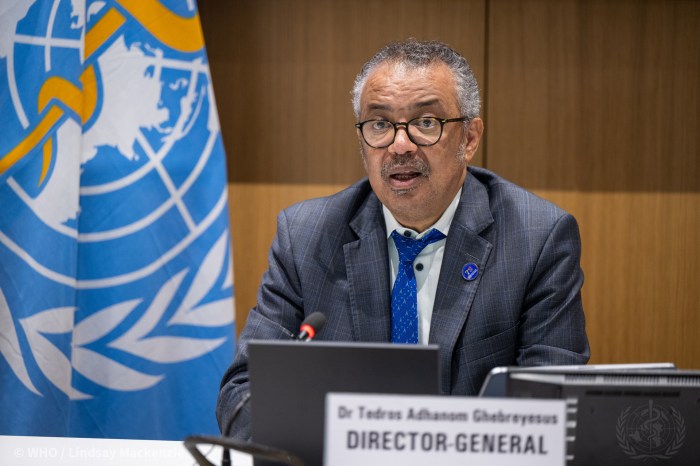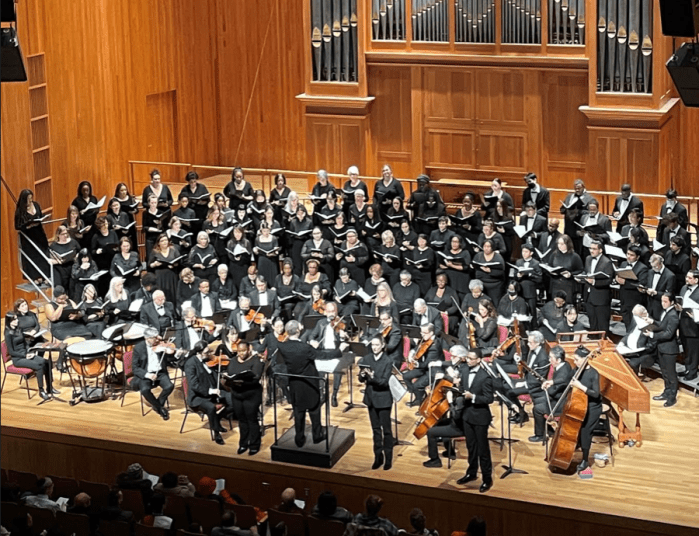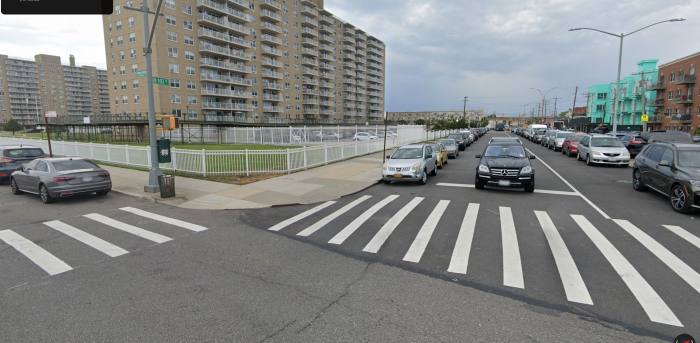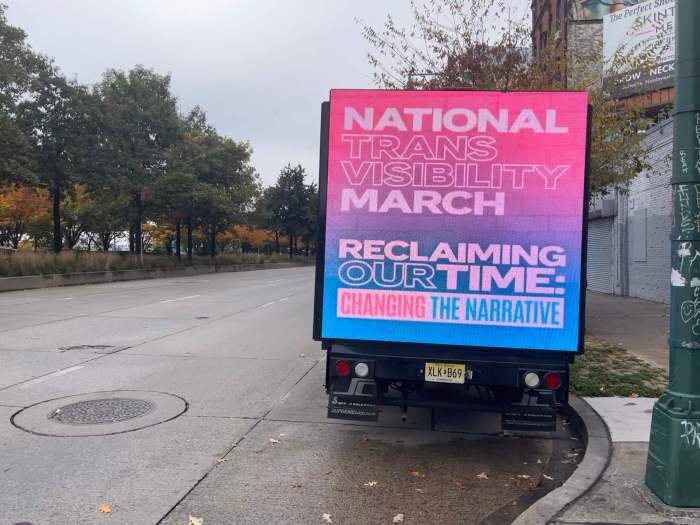“Disgusting.” That is the word Mayor Michael Bloomberg once used to describe what he thought of any efforts to change the current term limits law without voter approval. And that is why, when the mayor announced he is calling for legislation by the City Council to extend the restriction on city elected officials from two terms to three, it sent shock waves across the city.
It is not the first time a politician changed his or her mind and it certainly won’t be the last, but such a drastic turnaround in such a short span of time is remarkable. Bloomberg’s decision was applauded in some circles, reviled in others, but without question captivated an audience eager to see what plot twists remain in one of the more intriguing political dramas of our time.
Supporters of abolishing or extending term limits, such as former City Council Speaker, Peter Vallone Sr. argue that term limits diminish the voters’ choices and would deny the public experienced leadership during a time of deepening financial crisis. Proponents of term limits advocate that the benefits of change and a fresh perspective outweigh the advantages of unrestricted incumbency. Both sides have legitimate arguments to make, but the chambers of City Hall are the wrong place to make the final decision.
Whether you are for or against changing the term limits law, the matter should be put before the people of New York City. In 1993 and again in 1997, voters approved term limits by public referendum, restricting New York City elected officials to no more than two, four-year terms in office.
But now, in the face of a nationwide financial crisis and the collapse of Wall Street, there is a growing movement with ample justification to change the law. However, I cannot conceive of any plausible reason why the voters should not be the ones to cast the final decision.
I am personally opposed to term limits for legislators, but believe strongly that they should only be abolished or extended by direct voter approval. Anything else shows a clear and unacceptable disregard for the will of the people.
To get a citywide referendum on the ballot, it is estimated that a minimum of 30,000 and a maximum of 100,000 signatures are required. If each of the 51 members of the Council, the mayor, public advocate, comptroller and all five borough presidents were assigned the duty of collecting signatures, that would amount to between 500 and 1,700 signatures each, a total that is less than what was required of them to get on the ballot when they ran for their current positions. There is a growing possibility that a number of special elections may be called next year and a referendum could be added citywide on any of those occasions, or a referendum could be done by itself if the appropriate legal hurdles are undertaken.
Recent polls indicate that the public is evenly divided on the issue of term limits. However, if given the opportunity, I cannot imagine a plurality of those voters not wanting the chance to settle the issue for themselves.
The principles of democracy are tricky. With great choices comes great responsibility. But the measure of one’s principles is best viewed when tested under extraordinary circumstances. The issue of term limits represents one of those occasions when our principles and belief in democracy will be tested, but here, the real test is not graded by a pass or fail, but whether people are allowed to show up to take that test.
News & Notes:
Below is a chart of the 14 Councilmembers from Queens and the Borough President, detailing their rumored plans for 2009 before the term limits issue and what they are expected to do if term limits are extended (based partially on information collected by the New York Post).































